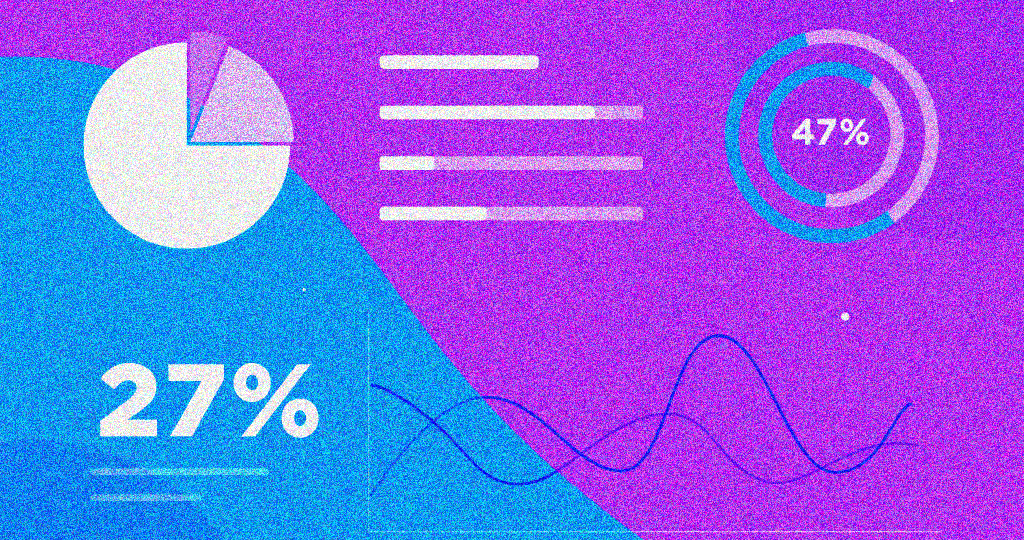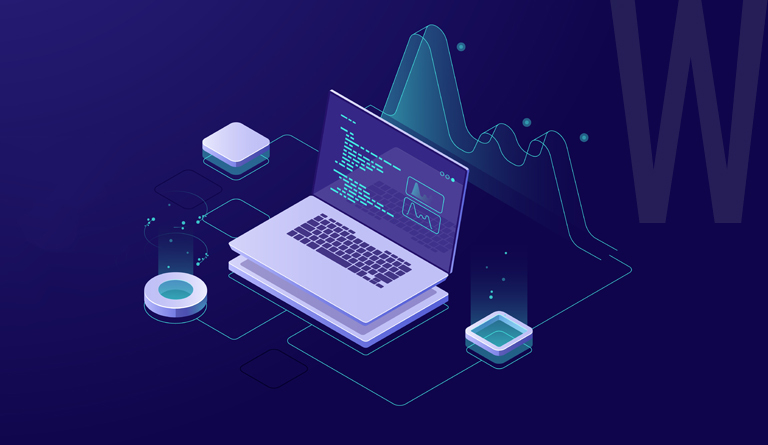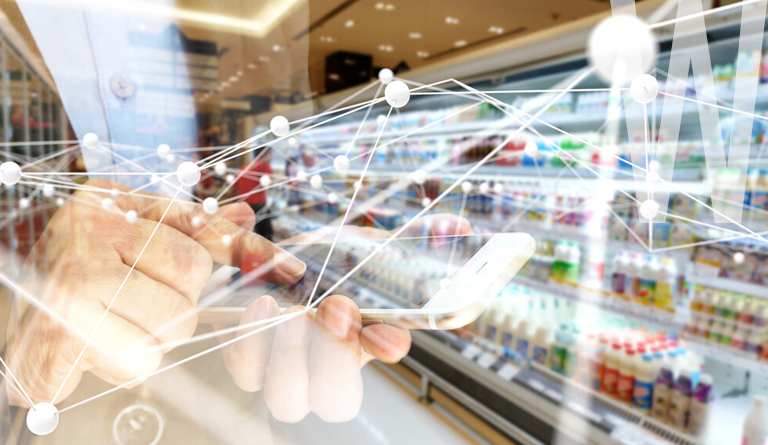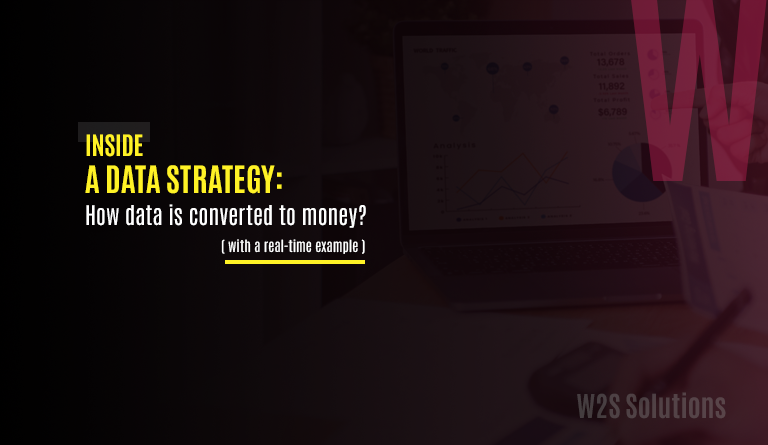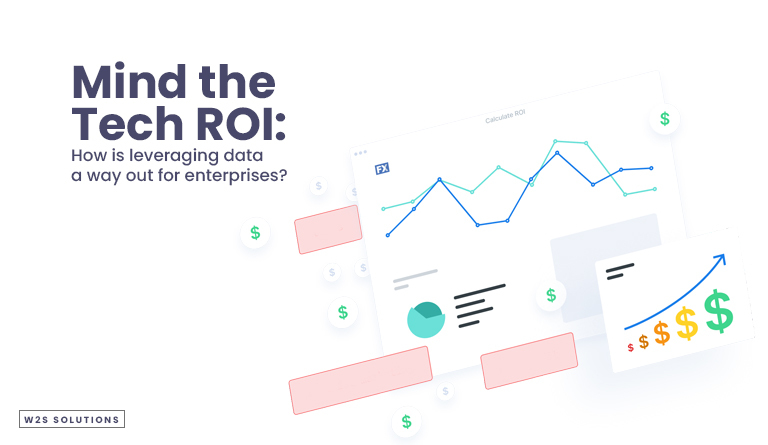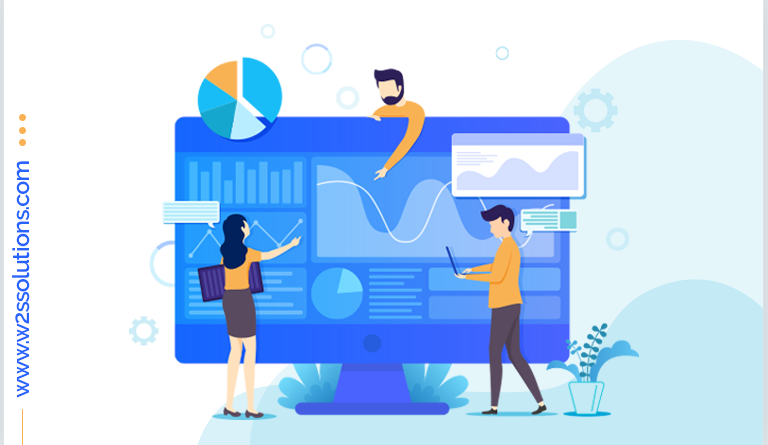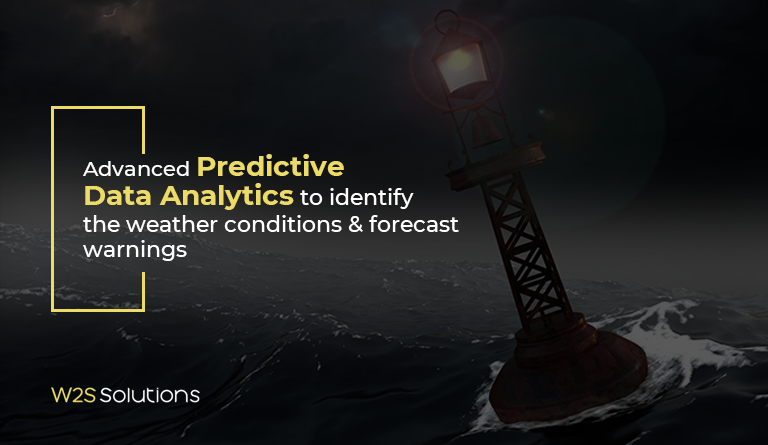As modern enterprises aim to take more data-driven decisions, predictive analytics is expanding possibilities rapidly. With Predictive Analysis, instead of simply responding to events that are occurring or have already occurred, enterprises can look into the future and make well-informed data-driven decisions. Predictive analytics helps businesses examine areas for improvement, strategies to lower risk, and ways to stop fraudulent conduct by studying historical and current data, along with industry patterns.
Every enterprise has access to a wealth of data, including manufacturing, logistics, customer and operational data. Understanding how to apply it to enhance the growth of the business is the key. According to a study, It is anticipated that by 2028, the market for predictive analytics tools will have grown to $41.52 billion [1] from an estimated value of $5.29 billion in 2020. Utilizing predictive analytics is a cannot-miss strategy that enterprises need to adopt to grow, or even survive.
Predictive Analysis in plain terms is the process of collecting historical data to create models and analyses, which help project future results. Learning from past failures and triumphs can help us determine what needs to be changed or what should be repeated. All facets of an enterprise can benefit from using predictive analytics. It can reveal what clients want and don’t want and aid an enterprise in operating at its full potential.
What is Predictive Analytics, and how does it work?
Predictive analytics combines statistical algorithms, data mining, machine learning, and predictive modelling to analyze behavioral and historical data and forecast future results. Thanks to advanced predictive analytics tools, enterprises can now effectively leverage big data to uncover threats and opportunities.
But any enterprise must establish a business goal, such as boosting sales, streamlining processes, or boosting consumer engagement, before it can deploy predictive analytics tools. The enterprise can then sort through enormous amounts of heterogeneous data, create predictive analytics models, and produce valuable insights to help achieve the desired outcome.
A predictive model is based on a mathematical representation of potential possibilities gleaned from data.
It replicates a real-world situation or idea and scales it down so that only the aspects you are interested in are included, much like a scale or architectural model. The following are the essential steps in any predictive modelling procedure:
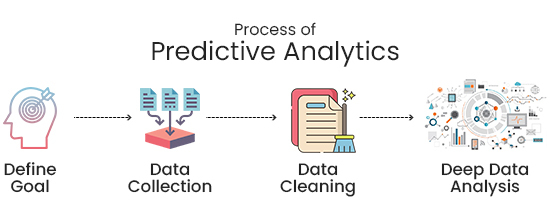
- Choose the prediction you want to make: Select an outcome you’d like your predictive analytics software to keep an eye on, whether it’s customer retention or future trends.
- Data Collection: Your predictive modelling will be more accurate the more data mining you can perform, as it is with any data analysis system.
- Training & Testing: Test your model and then utilize the results to improve its accuracy as you advance. Applications of predictive analytics should be able to improve themselves over time if they make use of artificial intelligence (AI) and machine learning (ML).
A glimpse into Intelligent Data Analytics
Artificial intelligence, high-performance computing, pattern recognition, and statistics are just a few of the disciplines used in the interdisciplinary field of intelligent data analytics (IDA), which is concerned with extracting knowledge from data. The data preparation stage, the data mining stage, and the outcome validation and explanation stage are the main stages of this intelligent data analytics method.
Predictive Analytics vs. Traditional Analytics: Key Differences
Predictive analytics and traditional analytics serve different purposes in understanding and leveraging data. Traditional analytics focuses on examining past data to identify trends, patterns, and historical performance. It answers questions like “What happened?” and “Why did it happen?” using techniques such as descriptive and diagnostic analysis. This approach is valuable for reporting and understanding past events but stops short of providing insights about future outcomes.
In contrast, predictive analytics goes a step further by using advanced algorithms and statistical models to forecast future events. It answers questions like “What is likely to happen next?” by analyzing both historical and real-time data. Businesses use predictive analytics to anticipate customer behavior, identify risks, and make data-driven decisions proactively. While traditional analytics offers a retrospective view, predictive analytics provides a forward-looking perspective that empowers organizations to stay ahead of market changes and optimize operations.
Challenges for Predictive Analytics implementation and possible solutions
Expertise
Being an expert is difficult because predictive analytics solutions are often created by data scientists with extensive knowledge of statistical modeling, R, and Python. This is naturally restricting. In reality, the majority of application teams are unable even to begin to tackle predictive analytics without first recruiting a specialist data scientist.
Solution: However, you don’t have to accept a limited approach. In recent years, we have seen the emergence of new user-friendly predictive analytics tools for everyone to benefit from practical use.
Adoption
The more challenging a new technology is to use, the less likely end-users would accept it; predictive analytics solutions are famously challenging in this regard. This is because most of them exist as independent products, requiring users to transfer from their main business app to the predictive analytics solution to use them. Moreover, updating old predictive technologies is tedious because they are challenging to scale and implement.
Solution:The most effective use of predictive analytics is within programs with which users are already familiar. Your application will have a significant strategic advantage over the competition if machine learning and AI are integrated into it.
Enhancing End-User Performance
Without context, no information is helpful. And that’s one of the reasons predictive analytics has fallen short in empowering end users. Predictive analytics systems have the drawback of providing information and insights but stopping short of enabling users to act. As we just established, users need to go to yet another program to take action on the data, which wastes time and disrupts their productivity.
Solution:You can guide your users to take instant action or start another process by integrating intelligent workflows into your standard business apps. This will help them save a lot of time and hassle.
Overwhelming Project Lists
Every predictive analytics project has a long list of steps, which are nearly always managed by a professional data scientist. The problem is that your application team has to perform these processes more frequently with each upgrade and release. These steps broadly comprise:
#1 Processing of data
#2 Data cleaning
#3 Recognizing crucial columns
#4 Identifying patterns
#5 Knowing how various algorithms operate
#6 Algorithm selection for the appropriate task
#7 Choosing the algorithm’s appropriate attributes
#8 Ensuring the data is formatted correctly
#9 Evaluating the results of the algorithm performed
#10 The algorithm is retrained using fresh data
#11 Managing data imbalances
#12 Model deployment/redeployment
#13 Batch or real-time prediction
#14 Integrating with your main app to incorporate data insights into the program and begin user engagement
Solution: Instead of putting the entire load on your staff, specific predictive analytics systems handle several of these stages. You can reduce a 14-step to 2-3 steps by using one of these more efficient predictive analytics solutions.
Importance of Predictive Analysis
Predictive analytics plays a crucial role in helping businesses make informed decisions by forecasting future outcomes based on historical data. It allows organizations to anticipate trends, identify risks, and uncover opportunities before they arise. By leveraging machine learning models and statistical techniques, predictive analytics enhances decision-making accuracy, reduces uncertainty, and improves operational efficiency. This proactive approach helps businesses stay competitive in fast-changing industries.
The importance of predictive analytics spans across various sectors. In healthcare, it helps predict patient outcomes and optimize resource allocation. Retailers use it to forecast demand and personalize customer experiences, while financial institutions rely on it to detect fraud and assess credit risk. With the increasing volume of data available today, predictive analytics empowers businesses to turn raw information into actionable insights, driving growth, innovation, and better customer engagement.
How are different sectors utilizing predictive analytics in real time?
Enterprises use predictive analytics solutions from predictive analytics consulting in an almost infinite variety of applications. Here are a few instances of how enterprises are utilizing predictive analytics:
- Automotive: Plans for producing new vehicles should consider data on product reliability and performance. Driver behaviour needs to be studied to improve driver assistance systems and ultimately lead to driverless vehicular experiences.
- Energy: Forecasting ratios for long-term prices and demand. Establish the effect on service costs of weather-related occurrences, equipment failure, governmental restrictions, and other factors.
- Financial services: Create models for credit risk. Identify patterns in the financial markets. Analyze the effects of new regulations, legislation, and policies on markets and enterprises.
- Manufacturing: Determine the location and frequency of machine breakdowns. Depending on anticipated future demand, optimize raw material delivery.
- Retail: Follow online consumer behavior in real-time to see if offering more product details or incentives will boost the likelihood that a sale will be completed.
How to incorporate Predictive Analytics into your business processes?
Considering integrating predictive analytics into your enterprise’s operations? There are a few steps you must first accomplish.
- Establish a goal: Setting a business goal is the first step in every predictive analytics project. What is it that you’re attempting to forecast, and what will you do with the knowledge you obtain?
- Gather data: Once you have a defined aim or purpose, the following step is to collect data from various internal and external sources, including web archives, databases, and spreadsheets. Before analysis, make sure all data has been cleaned.
- Analyze the data: You are now prepared to run your dataset via many predictive analytics algorithms. For instance, outlier analysis for fraud detection is a technique that is chosen based on the intended application.
- Develop models: Analytical models are made simple by predictive analytics software solutions. Yet, it is helpful to have the assistance of a data analyst and an IT specialist for model development and deployment. Successful proof-of-concept initiatives may produce highly encouraging early findings that could impact business decisions.
- Process to Product: Without acceptance from users and stakeholders, even the best models won’t be helpful. Expensive prototypes are incorporated into decision procedures to assess performance, return on investment and reliability. When choosing which models to keep enhancing and advancing toward complete automation, the results of the trial phase will be essential.
Top 5 Platforms for Predictive Analytics in 2025
IBM Watson Studio
IBM Watson Studio offers a comprehensive AI and machine learning platform designed for predictive analytics. It supports model building, deployment, and automation while integrating seamlessly with IBM’s cloud infrastructure. Its user-friendly interface and AutoAI capabilities make it suitable for both beginners and advanced data scientists.
H2O.ai
H2O.ai is known for its open-source and enterprise AI solutions, offering advanced predictive modeling with support for machine learning and deep learning. Its AutoML feature automates complex processes, allowing businesses to quickly develop and deploy predictive models at scale.
Alteryx
Alteryx combines data preparation, analytics, and machine learning into a single platform. Its drag-and-drop functionality makes it easy to create predictive models without extensive coding. It also offers integrations with major data sources, making it ideal for business intelligence and decision automation.
SAP Predictive Analytics
SAP’s predictive analytics platform specializes in enterprise-level forecasting and predictive modeling. It works seamlessly with SAP HANA and other business systems to provide real-time predictions. It is particularly useful for industries requiring large-scale data analysis and automated insights.
RapidMiner
RapidMiner is a powerful, code-optional platform that supports the entire predictive analytics lifecycle, from data preparation to model deployment. It provides pre-built templates, making it easier to create accurate models quickly. Its flexibility caters to both data science teams and business analysts.
Wrapping Up
Predictive analytics is regarded as one of the fundamental building blocks of initiatives to enable digital transformation across industries and in global operations. This technology can allow enterprises to tap into their data collection for commercial gain when used appropriately.
It is crucial to investigate the challenges and possible solutions of integrating predictive analytics into organizations’ critical business applications to help business leaders, administrators, managers, and policymakers make informed decisions. Enterprises willing to take their business to the next level can get in touch with our data engineering consultants to avail of predictive analytics solutions that can transform operations through the power of data.



